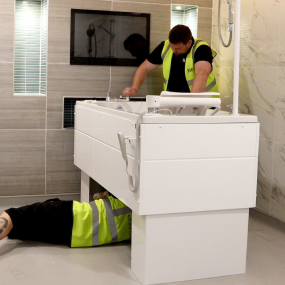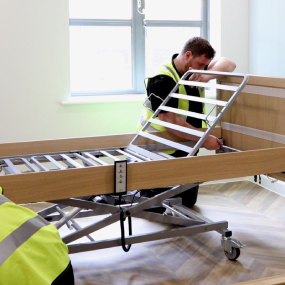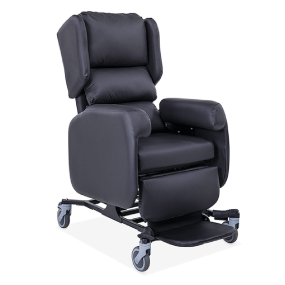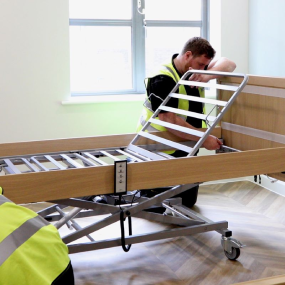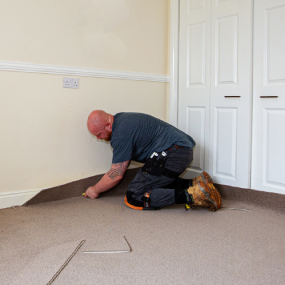Nursing homes and hospices use a variety of bed aids to keep patients from falling out of bed accidentally. Supportive aids for hospital beds which include lifters, bed rails, back rests, bumpers and wedges provide extra comfort and support.
Bed aids come handy for the elderly and disabled who have issues with sleep, memory, pain, mobility, and incontinence. Designed ergonomically, bed aids can be installed easily on or alongside the patient’s bed.
What are Bumpers and Wedges?
The various types of bed aids including bumpers and wedges help elderly patients to sleep safely. Full-length cot or bed bumpers offer insulated and cushioned protection. Wedges, on the other hand, keep you from rolling, helping you to keep your position.
Bumpers
The innovative and ergonomic design of bed bumpers allow you to set them up with bed rails. The bumpers have foam padding on both the sides that create a smooth surface. The cushioning of the bumpers helps absorb the shock a patient suffers if and when he accidentally strikes the bedside rails.
Bed rail bumpers also prevent and minimise the risks of a patient’s hands or legs getting entrapped or entangled in the bed rails.
Most hospital equipment manufacturers design and produce bumpers that can also double up as bed-rails. Bumpers that serve as bed rails usually have embedded foam pads with a covering of vinyl. These bumpers feature a Velcro or hook and loop lock system that can be firmly attached to different types of beds.
Wedges
Many hospitals and nursing homes often use bedside wedges in place of bed-rails. Bed wedges have a soft polyurethane covering that keeps the patient securely positioned and prevents them from falling or rolling out of bed. Although pillows are comfortable, they are too soft to provide support when a patient wants to lift his head.
This is where a bed wedge comes in perfectly handy. It can be placed below the patient’s feet or beneath the pillow for reducing stress on his lower back. Bed wedges are usually available in pairs, and are placed atop the mattress, and press against bedside rails.
Benefits of Bumpers and Wedges:
- A bed wedge offers strong and steady support, helping the patient to get out of or get into bed
- Bed wedges also help patients to maintain posture as they provide better than cushions and pillows
- The compact design of bed wedges enable patients to manoeuvre themselves on and off the bed more easily
- Bed rail bumpers help patients maintain their position in bed and also check unwanted rolling
- A bed bumper enables a patient to turn sideways on the bed and reposition himself
Nursing homes, hospitals, and home health care services should conduct a thorough risk assessment before ordering bed aids. The risk evaluation must be based on the patient’s specific protection needs. This will help minimise injuries and accidents.





